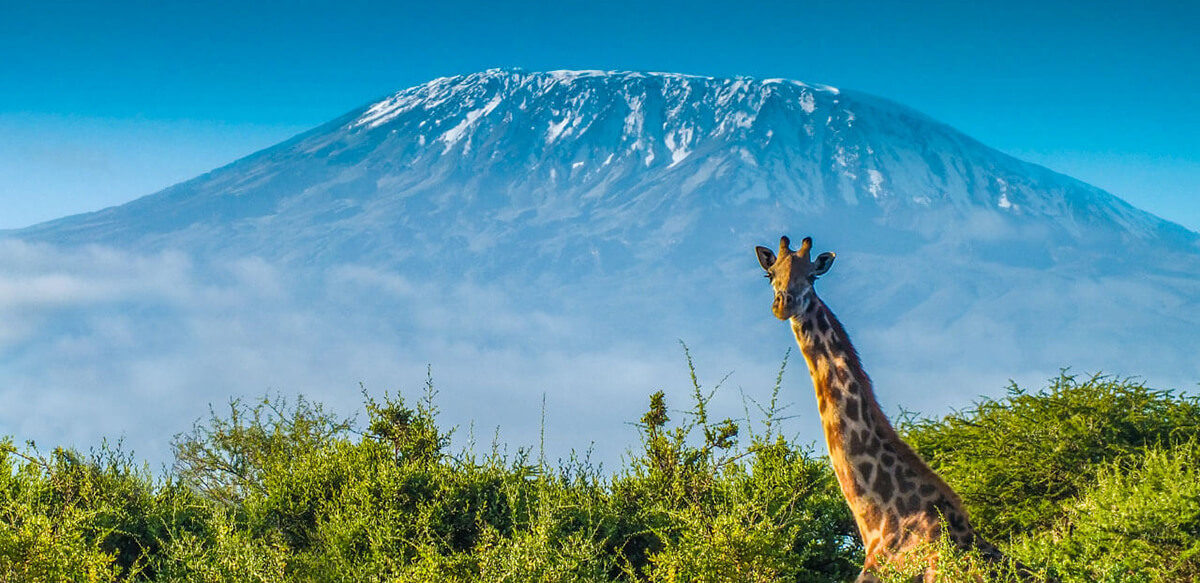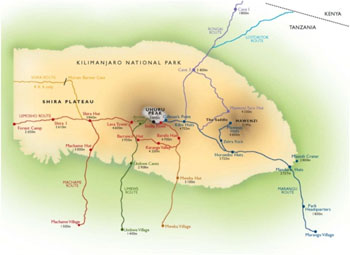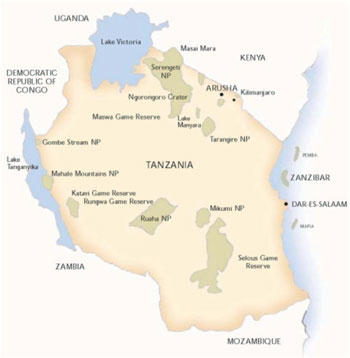Marangu is the oldest and most well known route to climb Kilimanjaro.
Many favour this route because it is the cheapest and is also thought to be the easiest route, given its gradual slope and less “ups and downs” compared to other routes. It is also the only route which offers a non camping option (sleeping in dormitory style in huts). For all these reasons, it is the most popular route with climbers and, as a result, can get crowded at times on the mountain.
When climbing this route, you start from the south east of the mountain and work up the eastern side. Trekkers use the same trail to both ascend and descend.
The Marangu Route is a easy route up Mt Kilimanjaro and is the most popular, with cabin style accommodation. It is also known as the Coca Cola route.
The nights are spent camping, and we provide top mountain guides, porters and safari chefs to look after you. Camping equipment is provided and it is carried by the porters. There are no shower / bath facilities while doing the climb, and toilets will be long drops. You will be provided with a bowl of warm water each morning, on request, to wash with.
It is advisable to “walk high, sleep low” – so after a short rest at the camps, walk up another few hundred metres and then return to camp for the evening. This will help you with acclimatisation to the altitude and assist with a successful summit.
Kilimanjaro National Park comprises the area above the 2,700 metre contour. It includes the moorland and highland zones, Shira Plateau, Kibo and Mawenzi peaks. In addition, the Park has six corridors, or rights of way, through the Kilimanjaro Forest Reserve. The Forest Reserve, which is also a Game Reserve, was established in 1921. The Park was established in 1973 and officially opened in 1977.
The Park exists to preserve Mount Kilimanjaro outstanding scenic and geological features and its flora and fauna for the use and enjoyment of all people, present and future. This is also the aim of the Forest and Game Reserve below the Park itself, and these different agencies are co-operative in the conservation of all the mountain’s resources.



